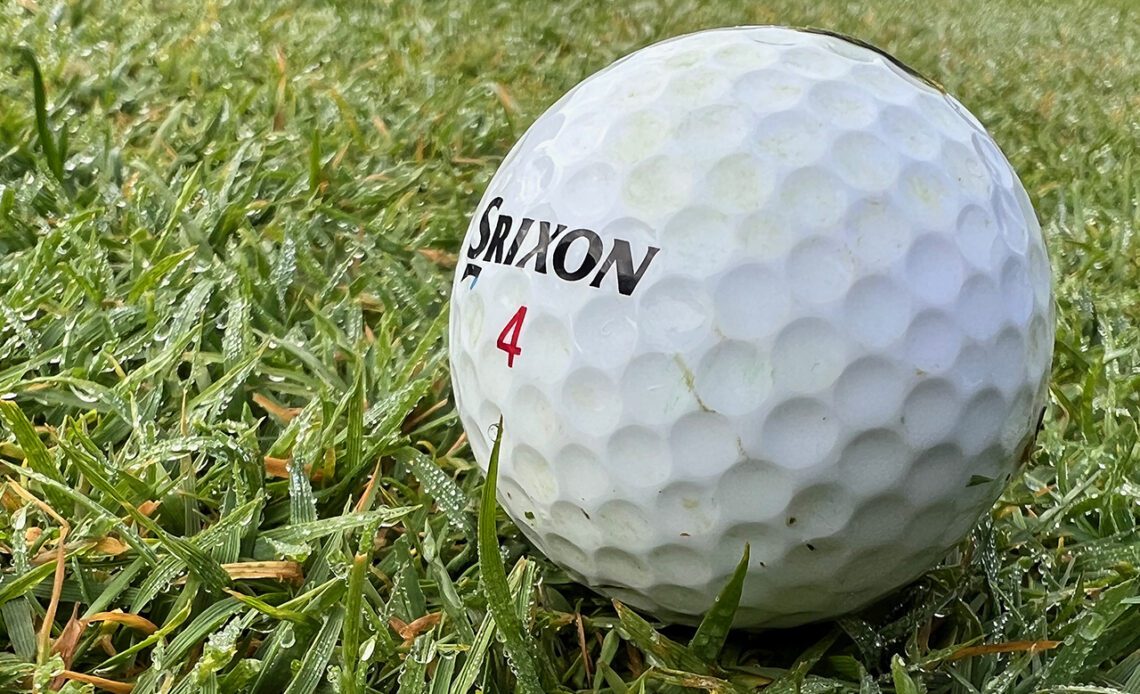Autumn foliage can make late-season golf in the Northeast, Mid-Atlantic and Midwest areas of the United States spectacular, but cool days and damp conditions can make venues that were firm and fast during the summer play differently in October and November. Instead of worrying about the heat and humidity, golfers must contend with chilly conditions, morning dew that can linger for hours and soft, mushy turf that never dries out.
On the positive side, wet conditions can make it easier to hit the fairway because drives tend to stop faster after they land.
On the downside, moisture can play havoc with your short game.
To understand why, think of the grooves in your wedges as tires and pretend that your golf ball is the road. When your tires and the road are dry, you get plenty of traction and grip, which means you can drive under control. But if the road is wet and your tires can’t handle the volume of water you are driving over, they lose grip and your car can skid.
In dry conditions, the grooves of your wedges can grab the cover material of your golf ball and produce lots of spin to enhance control and stopping power. But when grass, the ball or the face of your wedge is wet, the grooves can’t grab the ball as efficiently, so it slides up the face of your wedge at impact. The result is a shot that pops up with a higher launch angle but significantly less spin, making it less predictable and controllable.
When the grass and golf ball are wet, wedges can’t grip the ball as easily or produce as much spin. (David Dusek/Golfweek)
Greg Cesario, a wedge designer at TaylorMade, noted that turf interaction in damp conditions is also critical.
“What golfers need to do is to learn how to ‘pick’ the ball in these types of conditions to keep the ground interaction to a minimum and to keep ball contact as low as possible on the face,” Cesario said. “This will avoid the dreaded ‘climb up the face’ shot with no spin.”
Roger Cleveland, Callaway’s chief designer and long-time wedge expert, said, “It depends on the shot, whether you are in the fairway or the rough, but either way, there is more resistance in ground when it is wet. That’s why you need to be sure to have enough bounce, so the club can work through the ground without digging.”
Jacob Clarke, a design engineer at Ping specializing in wedges, echos Cesario and Cleveland.
“When it’s wet, the friction on the face changes and the spin optimization changes, there’s no doubt…
..
Click Here to Read the Full Original Article at Golfweek…
